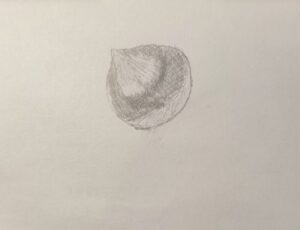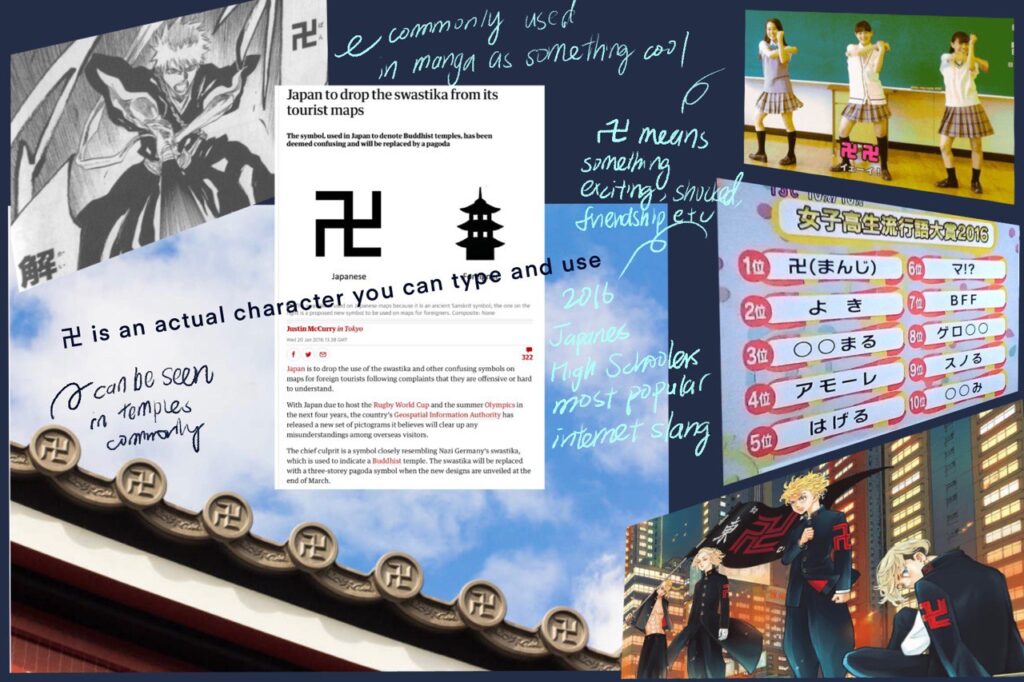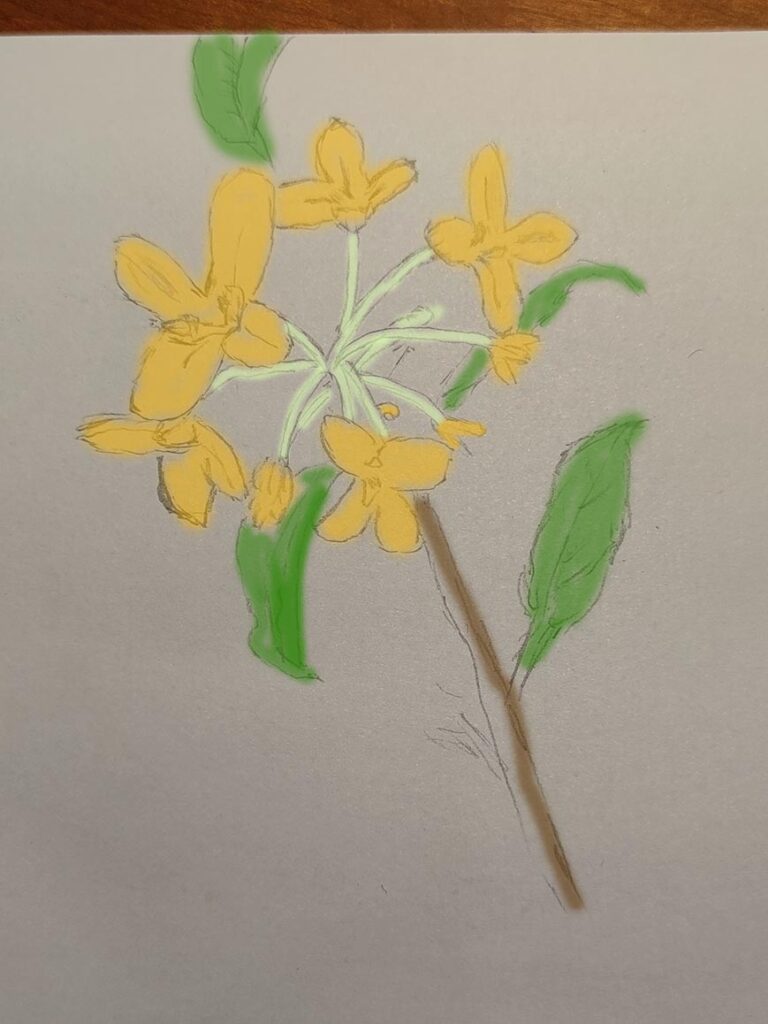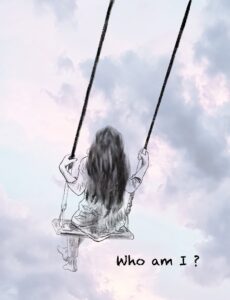Uncategorized
Daily practice 4
Day 4:
Avalokitesvara figure from Japan Buddhism:
Japanese Avalokitesvara are close to Chinese Avalokitesvara. The gender is also female. The dress is traditional female garment in the old time. On the left hand, Avalokitesvara always hold a bottle which a willow branch is inside it. Below is an image of Sendai Daikannon and my montage of Japanese Avalokitesvara’s figure.


daily practice 3
Day 3:
Avalokitesvara figure from Korean Buddhism:
Korean Avalokitesvara figure is similar to Chinese; however, some of the figures are male with moustache, but the clothes are female’s. Also, Avalokitesvara’s appearance looks aristocratically. It mixed mythical elements with Buddhism. Below is the Three Goryeo paintings of Water-Moon Avalokiteśvara and a montage of Avalokitesvara’s figure I made.


Daily Practice – Day 3
Today’s odor comes from chestnut. I just bought a pack.
In autumn and winter, the taste of sugar-roasted chestnuts (糖炒栗子) is always mouth-watering. You’d better wait for the hot chestnuts just out of the wok. They exude a so sweet smell you cannot avoid.
The process of roasting is unique. It mixes chestnuts and sand.

But my drawing today is not ideal. 😂
It’s hard to draw a simple object.

Jun-Daily Practice day3-1980s

Today, 1979’s Mobile Suit Gundam represents robot anime’s biggest hit, a success to the point where it has become a genre unto its own. Although it debuted in 1979, it wasn’t until the following year that the plastic models based on the series became hits, or until the release of the three-part theatrical edition in 1981 that the series itself achieved truly massive success. For this reason, this report treats Gundam as an Eighties phenomenon.
Jun-Daily Practice day2-1970s

The early 1970s marked another stage in the evolution of robot animation. The turning point came in 1972, with the broadcast of the television series “Mazinger Z” (based on a comic by Go Nagai).
The show marked the dawn of the robot anime era. The robot characters of these shows differed from their Sixties counterparts in three main ways. 1970s robot anime
characters are defined by:
1) Their giant size
2) The fact they were piloted rather than controlled externally
3) Their ability to transform and/or combine
These characteristics led to a new development: the shows acting as vehicles for toy sales. It also occurred in parallel with the trend of “motorization” – the spread of personal car and motorbike ownership in Japan. This image of robots as drive-able vehicles proved irresistible to a new generation of young viewers.
Daily Practice 2

I continue my journey into the usage of the symbol in society. Continuing from Buddhism, I shift my focus to the usage of the character 卍 in Japanese society. It is more than a Buddhist symbol, although it’s definitely a part of it. I first realized the symbol is actually being canceled during my year abroad in Japan.
Apparently, too many western tourists had complained about the use of the Buddhist symbol on maps to represent temples. After some debate, the government decided to change the symbol on all maps, which then triggered a huge debate in Japanese society, as people are very used to it as a Buddhism symbol, and now that it’s somewhat decided to be removed because of western tourists’ confusion.
Over the years, the Buddhist symbol has also become a trendy “cool” symbol. Original with the meaning of blessing, young Japanese adopted the symbol to represent something “cool” “joyful” and “positively shocking.” In several manga and anime, the main characters who represent the good and heroic side are often associated with this symbol.
The symbol is even chosen as the most popular internet slang among Japanese high school girls in 2016, with the American-influenced “BFF” coming in 7th place.
Daily Practice – day 2
I shift the topic to odor. From today I’ll find the odor and draw it.
Today’s odor comes from osmanthus(桂花). The smell of osmanthus fills the streets during this season in China.
When I was drawing it, I noticed that its flowers were clustered but also sparsed.
I’m curious about from which part the smell comes. Petals or stamens? I should try to figure it out tomorrow!
(Not good at drawing. It’s colored by PS. But fun too.)

Daily Practice – Day 1
I’m still trying to narrow down my topic’s reach/critical criteria, to associate it with my Connections Lab History of Here project. I decided for this first day to explore the concept of “history” rather than “memory.” I started the mind map below to begin my dig to find a more critical lens and direction.


